June is a huge time for advocacy. With both Pride Month and Juneteenth occurring in the same month, action, advocacy, and allyship are at the forefront of a lot of our conversations. In the world of marketing, it’s a time for businesses & corporations to publicly take a stance and show support for issues they care about. And this is a great thing, right?
Well, yes, most of the time. Here’s the thing: there’s a huge difference between legitimate activism and what is cleverly referred to as “slacktivism.”
So, what is slacktivism? What’s so bad about it? Am I a slacktivist? Let’s break it down.
What it is
According to our friend, Wikipedia, Slacktivism can be defined as “the practice of supporting a political or social cause by means such as social media or online petitions, characterized as involving very little effort or commitment.”
Essentially—it’s quick, low-stakes actions that require little to no follow-through or substantive, tangible action. In the corporate world, some commonly-critiqued examples of slacktivism look like the following:
- Rainbow profile pictures/icons for Pride Month
- Juneteenth infographic Instagram posts/stories
- Liking and sharing posts in support of LGBTQ+ rights, antiracism, the fight against climate change, etc.
- Signing online petitions
- Jumping in on viral trends or hashtags “in support” of a cause
So, should I stop doing those things?
Slacktivism is only slacktivism when it’s all slack and no act. Basically, it’s not a bad thing to like that tweet, share that infographic, or add a banner to your profile picture—especially on an individual level. For folks that don’t have the time, resources, or physical ability to get involved in other ways, getting involved online can be an effective way to make a difference.
The issue arises when corporations and businesses with abundant time, large audiences, and countless resources at their disposal don’t take action through real-life, structural changes, or long-term plans. Sharing a tweet, for example, requires minimal effort compared to what many large organizations are truly capable of doing.
What can I do?
Real activism is all about commitment, follow-through, and holding yourself and the other members of your organization accountable. It’s a long, ever-evolving process, but here’s what it can look like:
- Having open and honest conversations year-round with the folks you work with.
- Opening yourselves to criticism and tricky conversations with your colleagues, customers, and community.
- Looking at the diversity of your own team. Perhaps you had a rainbow logo last month, but are there any LGBTQ+ people on your team? Are you taking action to combat homophobia within your organization and your community?
- Showing up and giving time. Show up to local events, protests, rallies, or calls to action for community aid. Check out your local mutual aid organizations to see how you can get involved.
- Opening your wallets! Donate to the causes that work tirelessly to resolve the issues you post about.
- Most importantly—listening. Listen to the experts and organizations that are doing important work in your community. Partner with them and fundraise when you can.
If you’re Rochester-based, you can check out this list of organizations doing important antiracism and intersectional work in our community. If there are organizations you’re passionate about, we’d love to hear about them!








